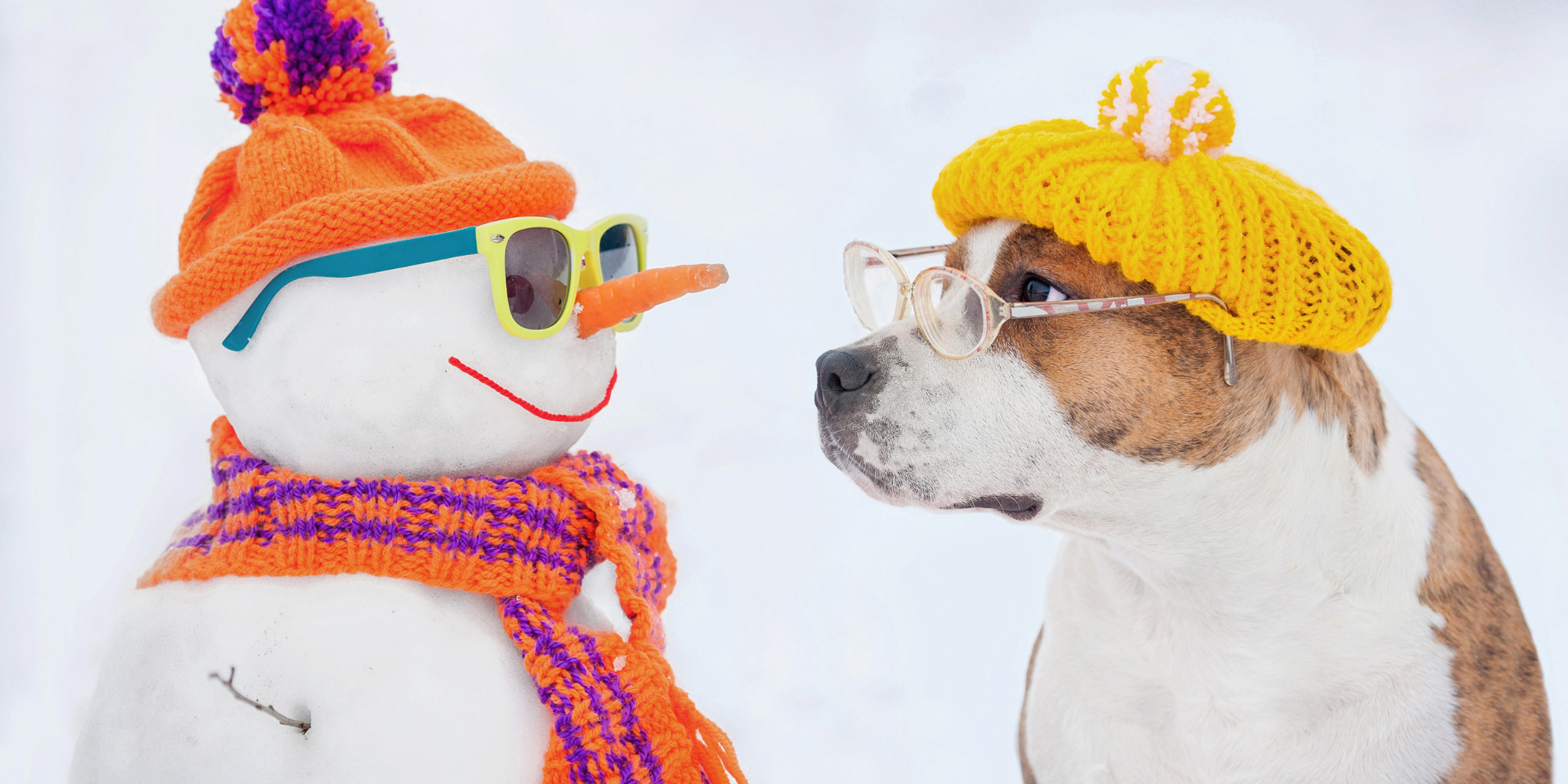Winter is coming…. Brrr-ace Yourselves
2025-10-24

The air is getting crisp, the days are getting shorter, and that first magical (or dreaded) snowfall is just around the corner. Yep, winter in Alberta is loading. Winter in Alberta can be full of surprises. One day it’s sunny and calm, the next it’s a blizzard and you’re scraping frost off your windshield. The key is preparation. Grab your calendar and let’s walk through what you can do each month to keep your home and car safe, save money, and even enjoy the season a little more.
This is part one of a three-part series on staying safe and prepared for winter, from your home to your car and everything in between.
Your Winter Survival Plan: Month-by-Month Prep
October: Laying the Groundwork
- Home: Shut off and drain outdoor taps to prevent pipes from freezing. Frozen pipes expand and can burst, flooding your basement, something Alberta homeowners see every year during early frosts. Check your roof for loose shingles and clean gutters so melting autumn snow doesn’t back up and cause water damage.
- Car: Put on winter tires and check your battery. Cold temperatures can make a weak battery fail, leaving you stranded before work or school.
- Fun fact: Alberta experiences over 130 frost-free days per year on average. That means frost can hit unexpectedly even before the first official snowfall.
November: Getting Serious
- Home: Time to check your furnace. Replacing filters and sealing drafts keeps heat in and energy bills down. A poorly maintained furnace can fail in a cold snap, which can be costly and dangerous.
- Car: Check antifreeze, brakes, windshield wipers, and defrosters. Cold mornings make fluids thicken, brakes less responsive, and windshields fog faster. Fun fact: Black ice is especially common in November when daytime temperatures fluctuate around zero. Even a cautious driver can slip if the car isn’t prepped.
- Extra tip: Keep a flashlight and extra batteries handy. Power outages do happen occasionally during heavy winter storms in Alberta.
December: Cozy but Careful
- Home: Test smoke and carbon monoxide detectors. Winter means heaters and fireplaces are running constantly, and blocked vents or malfunctioning equipment can create dangerous conditions. Keep walkways clear so visitors at your holiday parties don’t slip.
- Car: Keep your gas tank at least half full. Roads are icy, and accidents happen even on short trips. Pack an emergency kit with a blanket, shovel, and jumper cables.
- Fun fact: Alberta’s snowstorms can drop over 20 cm in a single day in some regions. A little prep now avoids being stranded in a white wonderland.
January: Mid-Winter Check
- Home: Keep an eye on your heating system and pipes. Extreme cold can make old pipes burst, and a broken heater can freeze your home.
- Car: Check tire pressure and fluid levels regularly. Cold air reduces tire pressure and thicker fluids make engines work harder.
- Fun fact: Alberta averages wind chills below -30°C in January in some regions. That’s more than enough to affect cars, homes, and humans alike.
- Extra tip: Review your emergency kit and replace any expired items. It’s better to have supplies ready before the snowstorm hits.
February: Stay Vigilant
- Home: Check pipes in unheated areas and open cabinet doors to allow warmer air to circulate. It helps prevent freezing in spots like basements and laundry rooms.
- Car: Black ice is a real danger. Slow down, leave extra distance, and avoid sudden braking.
- Fun fact: Alberta highways see a spike in collisions in February, often due to sudden snow squalls and icy bridges.
March: Ready for the Thaw
- Home: Inspect for water damage from melting snow and ice dams. Clean gutters again to ensure drainage. Water trapped on the roof can leak into ceilings, walls, and insulation.
- Car: Switch back to all-season tires if roads are safe. Wash off road salt to prevent corrosion.
- Fun fact: Alberta’s snowmelt can overwhelm drainage systems, causing localized flooding if your gutters and drains aren’t clear.
April: Wrap-Up
- Home: Inspect roof, siding, and windows for winter damage.Store winter gear properly for next season.
- Car: Schedule maintenance to address any issues from winter driving. Check brakes, tires, and undercarriage.
- Fun fact: Even in April, Alberta can get snowstorms. Being ready late in the season is smart.
Final Thoughts: Level-Up for Winter
Being prepared isn’t about expecting the worst. It’s about being ready to handle whatever comes your way with confidence.
Start by reading your insurance policy so you know what’s covered and what your deductibles are. Call your insurance broker to make sure you’re fully protected for Alberta winter. They can help you spot things you might miss. Take a quick video of your belongings and save it to the cloud so you’re ready if you ever need to make a claim. Stock up on essentials such as salt or gravel for walkways, blankets, a flashlight, and other supplies.
This calendar is your guide to protecting your home, your car, and your peace of mind through Alberta’s unpredictable winter. Next up, Part 2 breaks down what you need to know about home insurance, and Part 3 takes you on the road with winter auto coverage tips.
Small steps like these make a big difference. They keep you prepared and let you enjoy the season without stress. Stay tuned for the next parts, they are packed with useful tips.

